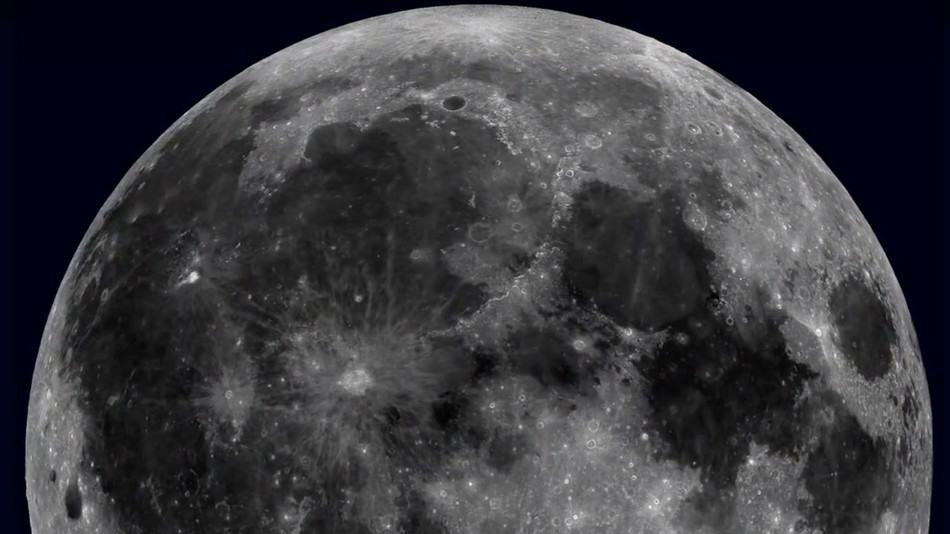
If a group of ambitious companies gets their way, the moon may get its own 4G network in 2019.
Vodafone, Nokia, and Audi are partnering with the organization PTScientists to bring a 4G network to the lunar surface aboard one of SpaceX’s Falcon 9 rockets expected to launch sometime next year.
The 4G network will be created with a technology known as the Ultra Compact Network, which weighs about the same amount as a bag of sugar, according to Nokia.
“This is a crucial first step for sustainable exploration of the solar system. In order for humanity to leave the cradle of Earth, we need to develop infrastructures beyond our home planet,” PTScientists CEO Robert Böhme said in a statement.
“With Mission to the Moon we will establish and test the first elements of a dedicated communications network on the Moon.”
PTScientists was originally founded to compete for the $20 million Google Lunar XPrize that was to be awarded to the first private company to land an uncrewed spacecraft on the moon and perform a series of tasks. These tasks were to include beaming back high-def video and photos to Earth from the moon.
The Ultra Compact Network would have obviously helped PTScientists perform those tasks on the lunar surface, however, the XPrize ended without a winner earlier this year.
But PTScientists is still plugging along with its mission to the moon anyway.
“In essence — it makes no difference to our plans,” a PTScientists spokeswoman said via email.
“We have two key technology partners on our first mission — Mission to the Moon — and they have supported us with their specific engineering and comms expertise. The end of the GLXP [Google Lunar XPrize] is the end of a chapter for them, but we continue the story and aim to become a trusted transport and communications infrastructure provider for future lunar missions,” she said.
The mission itself is expected to deliver two Audi lunar Quattro rovers to the moon, with the 4G network allowing them to communicate with one another, the press release states.
Those rovers will record HD video as they check out the Apollo 17 rover that carted astronauts around the moon in 1972.
Even if the Ultra Compact Network never makes it to the moon at all, it still may serve a purpose on Earth.
Pushing this kind of technology to its limits could help enable future scientific breakthroughs and more efficient means of creating a 4G network.
“We are very pleased to have been selected by Vodafone to be their technology partner. This important mission is supporting, among other things, the development of new space-grade technologies for future data networking, processing and storage, and will help advance the communications infrastructure required for academics, industry and educational institutions in conducting lunar research,” Nokia chief technology officer and Bell Labs president, Marcus Weldon, said in the statement.
“These aims have potentially wide-ranging implications for many stakeholders and humanity as a whole, and we look forward to working closely with Vodafone and the other partners in the coming months, prior to the launch in 2019.”
